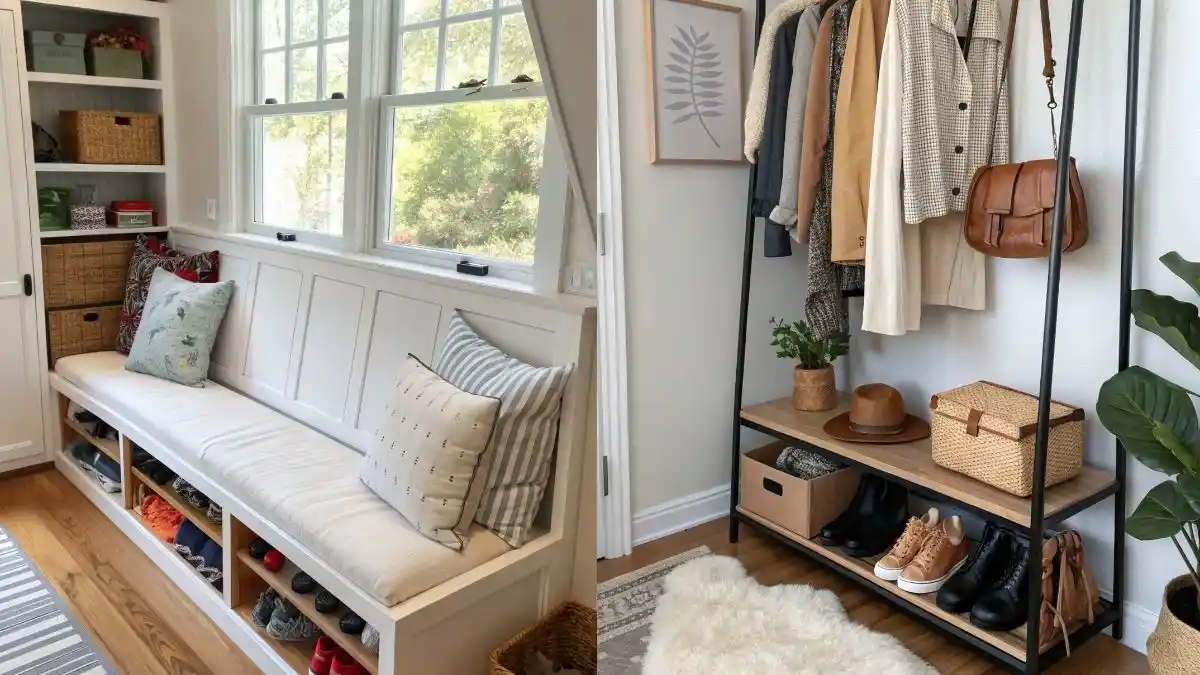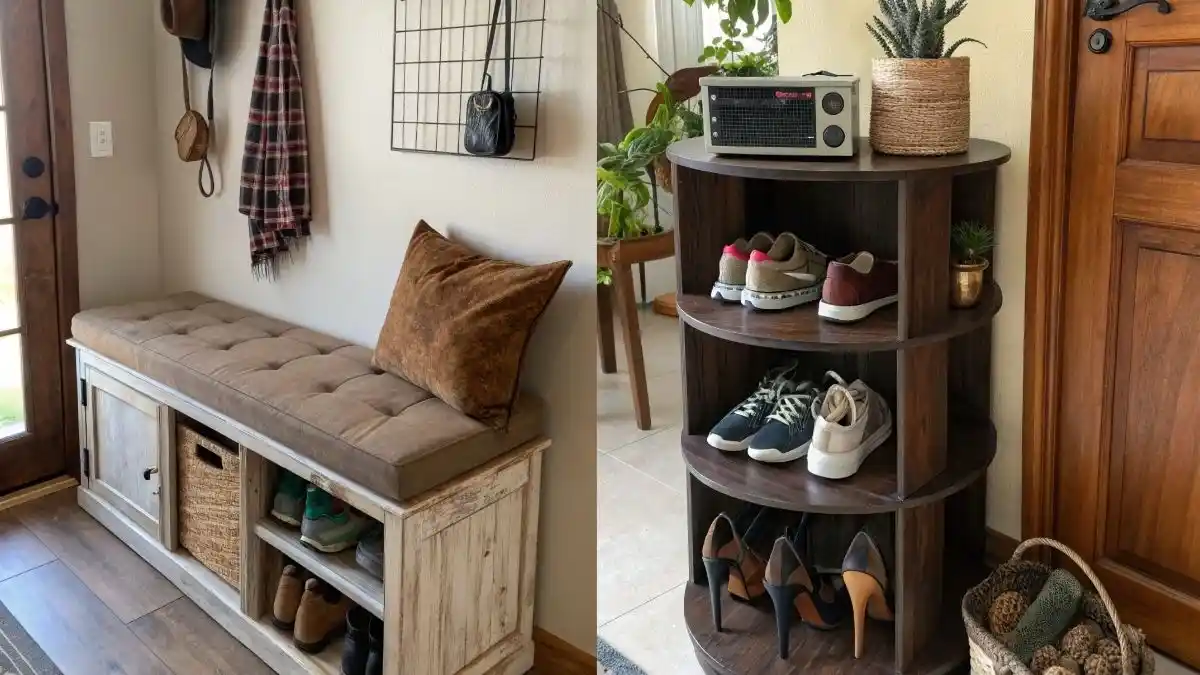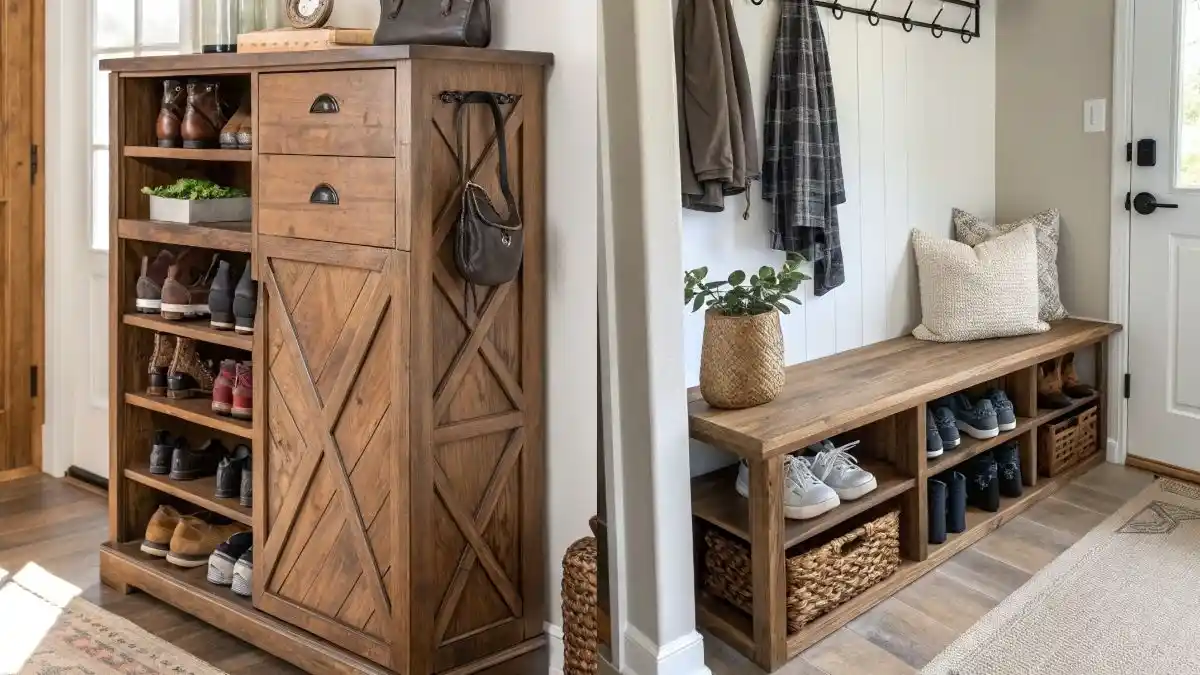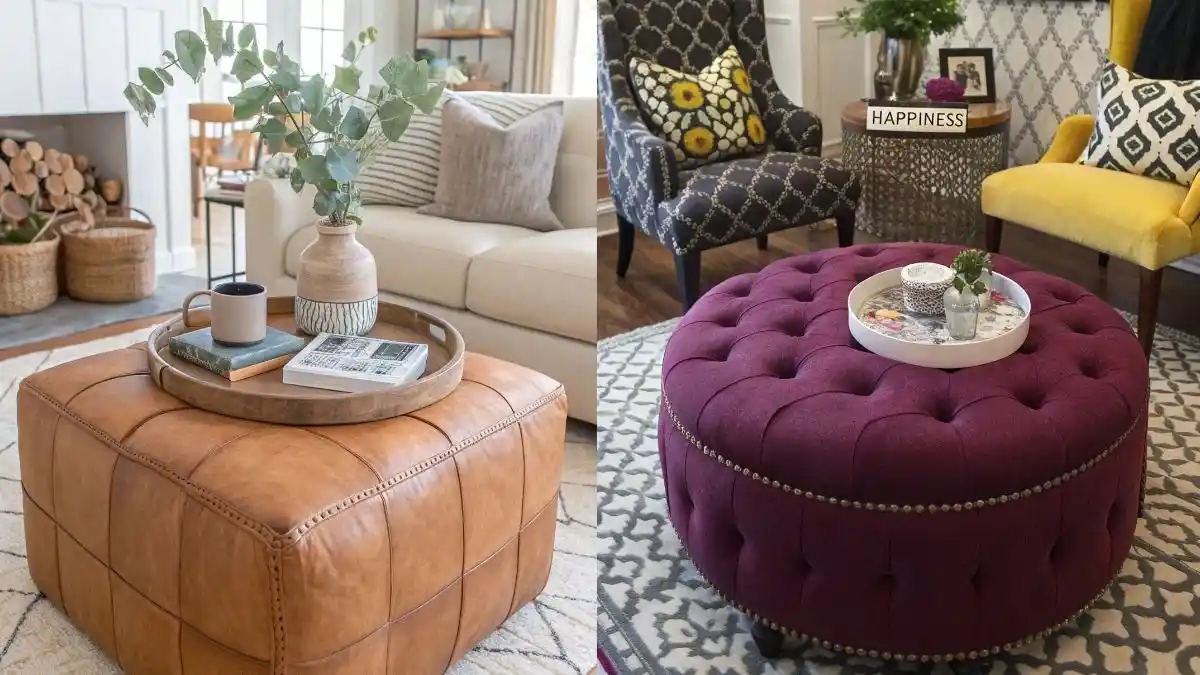If you've ever fallen in love with soft blue-purple hanging blooms, then Lobelia is the flower you need to try. With its delicate charm, Lobelia resembles the gentle beauty of early morning mist, tiny, dreamy blossoms that gracefully trail down in shades of violet-blue. I planted some in a hanging pot on my porch, and to my surprise, just a few weeks later, the flowers began cascading like a gentle waterfall, adding a lovely touch to my home.
What do you need to grow Lobelia?
Growing Lobelia feels like bringing a gentle, refreshing breeze to your balcony, subtle yet captivating. To make the journey smooth from the very start, it's important to be thoughtful about every step from choosing the right seeds to picking the right pot, soil, and planting time. Here’s what I’ve learned from my little garden:
Choosing the Right Variety: Trailing or Upright?
Lobelia comes in two “personalities”: the trailing type, perfect for hanging baskets or balcony pots, and the upright type, ideal for edging flower beds or planting among other garden blooms. I usually opt for Lobelia erinus ‘Cascade' when growing on the balcony, as it produces dense blooms that trail beautifully, resembling a purple waterfall. But if you’re lining a garden path, the compact, deep-blue ‘Crystal Palace‘ variety makes a charming choice.
| Pro tip Go for F1 hybrid seeds, they’re more disease-resistant and offer consistent flower colors. Look for packets labeled “early bloom” if you want your Lobelia to flower sooner. |
Pots, Soil, and Basic Tools
Though Lobelia looks delicate, it dislikes soggy soil. Select pots with numerous drainage holes and avoid those that are too deep. This helps prevent water from collecting around the roots. The ideal soil should be light, well-draining, yet moisture-retentive, such as a mix of Tribat potting soil, coconut coir, and burnt rice husks. You’ll also need a fine mist spray bottle, a small hand trowel, and some organic compost or biofertilizer.
| Pro tip If you’re planning to grow Lobelia in hanging baskets, use mesh pots lined with coconut fiber; they’re both attractive and great for drainage. |
Best time of year to sow Lobelia
Lobelia thrives in cool weather, so late winter to early spring is the ideal time to sow seeds in temperate regions like northern Vietnam. In southern or tropical areas, it’s best to sow between October and December after the rainy season so young plants won’t struggle under intense sun. Lobelia seeds are tiny and delicate, and they germinate best at temperatures between 18 and 22°C. Avoid sowing during extreme cold or hot spells.
How to Plant Lobelia: A Simple Guide
Tiny but not exactly easy, Lobelia requires a bit of care and precision when sowing, but the results are worth it. Here are four essential steps you shouldn’t skip when growing Lobelia from seed:
How to Sow Lobelia Seeds Properly
Lobelia seeds are extremely tiny, so I don’t cover them with soil. Instead, I gently sprinkle them over the surface of moist soil and lightly mist with a spray bottle. The thinner you sow, the better this prevents overcrowding.
| Tip Mix the seeds with a bit of clean sand before sowing. It helps spread them more evenly and prevents clumping. |
Light and Moisture Requirements
| Factor | Ideal Condition | Additional Notes |
| Light for germination | Indirect, gentle light morning sun or a bright windowsill | Avoid harsh direct sunlight, which can dry out the seeds and stop germination |
| Light for mature plants | Prefers soft light, partial sun, or morning sunlight | If the area is too sunny, use shade cloth or place under light tree cover |
| Soil moisture | Keep soil lightly moist at all times; never let it dry out | Mist gently with a spray bottle to avoid disturbing the seeds |
| Air humidity | Moderate to high (50–70%) | If the air is too dry, place a shallow water tray near the seed tray to add humidity |
How long does it take for Lobelia Seeds to germinate?
Under ideal conditions, Lobelia seeds typically germinate within 7 days. Tiny green sprouts will begin to appear at this stage. Avoid moving the tray, as the seedlings are still very fragile. Once the plants develop 2 – 3 true leaves, they’re ready to grow more quickly.
Transplanting seedlings into larger pots
When the seedlings are about 4 – 5 cm tall and have developed true leaves, you can gently separate them into small clumps (Lobelia grows in clusters) and transplant them into larger pots or garden beds. Be sure to move entire clumps rather than individual seedlings, as separating them can damage the roots.
| Tip Space each clump 10–15 cm apart to allow the plants to spread evenly and bloom more densely and beautifully. |
Simple tips to keep your Lobelia garden fresh and blooming
Though small and delicate, Lobelia isn’t as easygoing as it looks. If you want a garden corner that stays lush and vibrant with blooms, don’t skip these simple but highly effective tips:
- Water early in the morning while the soil is still cool; this helps plants absorb moisture better. Late afternoon watering is okay too, but avoid watering right before sunset to prevent fungal issues.
- Feed with a balanced fertilizer (10-10-10) or diluted organic compost every two weeks. Add extra potassium to help blooms stay vibrant and last longer.
- Cut off faded flowers close to the base to encourage new buds. Lightly prune weak stems so the plant can focus energy on strong blooms.
- Yellow leaves may be a sign of overwatering or a lack of light. Is your plant growing unusually tall? Reduce nitrogen in the fertilizer and rotate the pot regularly to keep growth balanced.
Conclusion
Lobelia doesn’t ask for too much sun or advanced gardening skills, yet it has a quiet way of making you smile each time you see it. The soft, trailing blooms fall like gentle ribbons, adding a touch of poetry and calm to any corner of the home. For me, sowing a few Lobelia seeds feels like planting a little moment of peace amidst the busyness of everyday life. If you're looking for a flower to begin your love story with gardening, this just might be the perfect first choice.











